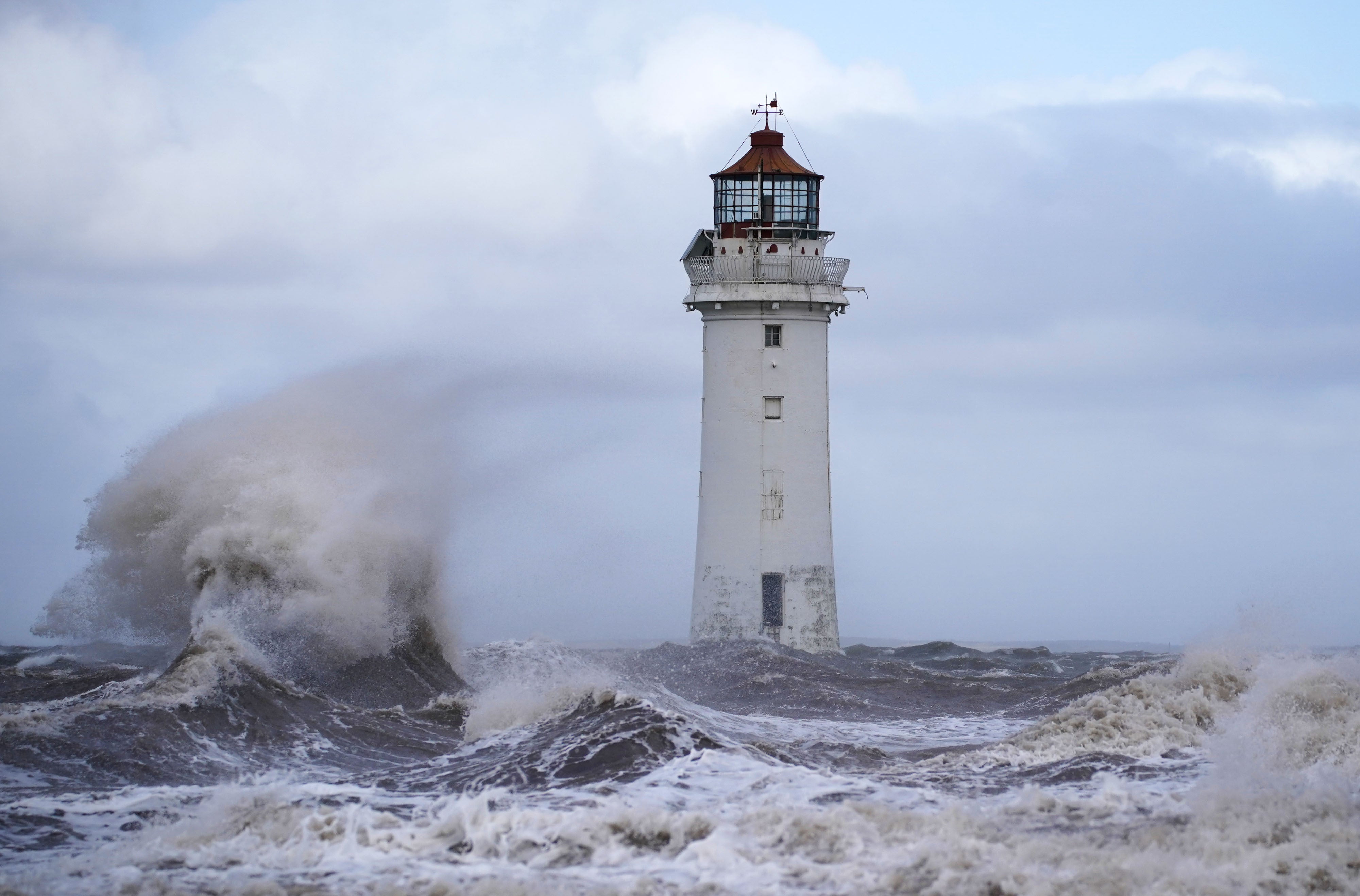Storm Eunice – what we know so far
Winds of more than 90mph have already been recorded.

Your support helps us to tell the story
From reproductive rights to climate change to Big Tech, The Independent is on the ground when the story is developing. Whether it's investigating the financials of Elon Musk's pro-Trump PAC or producing our latest documentary, 'The A Word', which shines a light on the American women fighting for reproductive rights, we know how important it is to parse out the facts from the messaging.
At such a critical moment in US history, we need reporters on the ground. Your donation allows us to keep sending journalists to speak to both sides of the story.
The Independent is trusted by Americans across the entire political spectrum. And unlike many other quality news outlets, we choose not to lock Americans out of our reporting and analysis with paywalls. We believe quality journalism should be available to everyone, paid for by those who can afford it.
Your support makes all the difference.Storm Eunice has brought mighty winds and major disruption to much of the UK.
These are the major developments so far:
– Stay-at-home warnings
Across the UK, but particularly in the worst-affected areas, people have been asked to stay at home.
The Environment Agency also urged weather watchers and amateur photographers to resist the temptation to try and capture dramatic footage of Storm Eunice’s impact.
Emergency services and the Met Office warned people to stay at home.
Boris Johnson said: “We should all follow the advice and take precautions to keep safe.”
– Power outages
Tens of thousands of homes have had their power cut off.
Western Power Distribution said that, as of 1.30pm, more than 140,000 homes were affected in its area, with around 90,000 of these in the south-west of England, and 40,000 in Wales.
– Travel disruption
Road, river and rail have all been affected.
Several bridges were closed, including both Severn Bridges on the M4 and M48, the Humber Bridge between North Lincolnshire and East Yorkshire, and the Britannia Bridge connecting Anglesey with mainland Wales.
Major roads including the A66 cross-Pennine route and the M8 between Edinburgh and Glasgow were partially closed before reopening later.
Train operators across Britain have urged passengers to avoid travelling on Friday as emergency 50mph speed limits are in place in many areas, with no trains operating in Wales for the entire day, and severe disruption out of London.
On the water, P&O Ferries suspended all sailings between Dover and Calais, while the Sandbanks ferry connecting Poole in Dorset and Studland was also halted.
And in the skies, passengers on a flight from Bordeaux to London Gatwick endured two aborted landings before their plane was put in a holding pattern over the south coast and then forced to return to the French city.
Dozens of flights were cancelled, with hundreds of delays across UK airports.
– Winds gust over 100mph
Gusts of up to 122mph have been recorded at the Needles on the Isle of Wight, the Met Office said.
At Mumbles Head near Swansea, on the south Wales coast, gusts reached 87mph, while at North Wyke near Dartmoor in Devon they have hit 82mph.
During Storm Arwen in November 2021, wind speeds peaked at 98mph at Brizlee Wood in Northumberland.
– Closures
Schools in the worst-affected areas, such as south west England and south Wales, have shut for the day.
A number of attractions including the London Eye, Legoland and Warwick Castle were also temporarily closed.
Royal Mail said it was forced to suspend postal services and close delivery offices in some areas.
And communications giant Openreach said it had to cancel some customer appointments, with the storm expected to cause damage to its network and services.